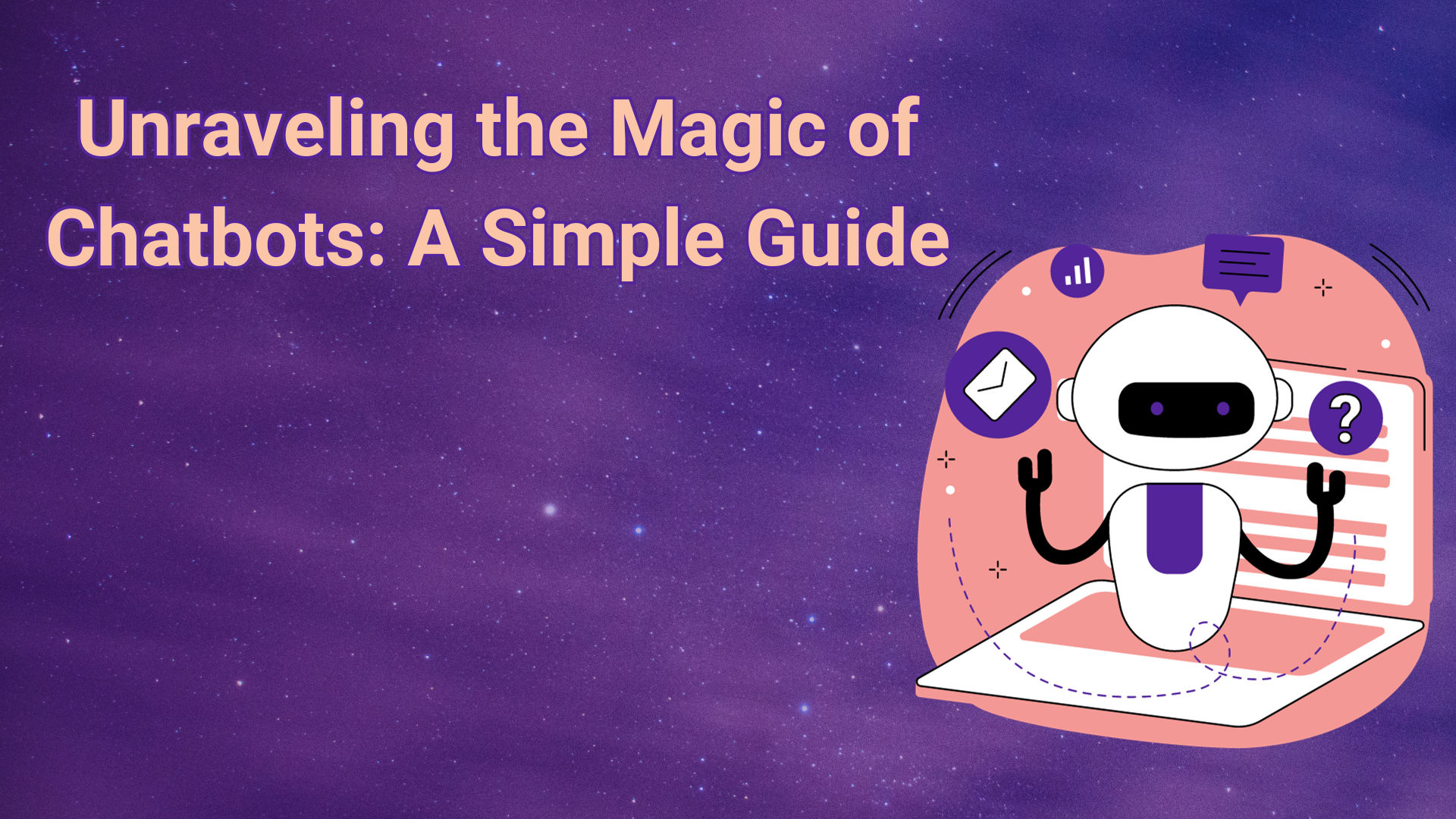Using Python with the Open AI API opens new doors for developers and creatives. I’ve seen how it can make complex tasks easier. It lets us automate more and find new ways to solve problems in content and data analysis.
I’m eager to share how to use Python for these advanced tasks. This way, you can unlock the Open AI API’s full power.
Key Takeaways
- Integrating Python with the Open AI API can enhance automation.
- The advanced Open AI API provides innovative solutions for various challenges.
- Python allows for streamlined processes in both content creation and data analysis.
- Practical applications of this integration are vast and diverse.
- Empowering your projects with AI can lead to creative problem-solving.
Understanding the Open AI API
The Open AI API is a big step forward in artificial intelligence. It lets developers easily add AI to their apps. This is really cool.
This API is great at understanding and processing natural language. It helps make apps that can talk to users like they’re people. They can answer questions, write text, and even translate languages.
There are many ways to use the Open AI API:
- Chatbots that talk like humans
- Tools for writing articles and blogs
- Apps that summarize long texts
- Tools for analyzing feelings in social media posts
- Help for writers to create stories
Using this API has lots of benefits. It makes apps smarter and helps users more. It also makes work easier for developers.
To get the most out of the API, check out the open ai api documentation. It’s full of tips and tricks for using the API’s features. It helps developers make amazing apps.
| Functionality | Description |
|---|---|
| Text Generation | Creates human-like text based on prompts |
| Language Translation | Translates text across various languages |
| Sentiment Analysis | Analyzes text to determine emotional tone |
| Text Summarization | Condenses large texts into concise summaries |
| Chatbot Development | Enables conversation simulations for engagement |
Getting Started with Python for Open AI API Integration
Starting to use the Open AI API with Python needs a good base. I’ll show you how to set up Python and get the right libraries. This will help you work well with the API.
Setting Up Your Python Environment
First, pick a good Integrated Development Environment (IDE). You can choose from PyCharm, Visual Studio Code, or Jupyter Notebook. These tools make coding easier and help find bugs.
- Get Python from the official site for the newest version.
- Pick an IDE that suits your coding style.
- Use venv to keep your code organized.
Installing Necessary Libraries
Getting the right libraries is key to using the Open AI API. You’ll need requests and openai. Here’s how to install them:
- Open your terminal or command prompt.
- Turn on your virtual environment.
- Enter these commands:
| Library | Command |
|---|---|
| requests | pip install requests |
| openai | pip install openai |
Now you’re set to use the Open AI API. This is important for making apps with AI. Remember to keep your open ai api key safe as you start your projects.
Obtaining an Open AI API Key
Getting an open ai api key is the first step to using the Open AI API. I start by registering on the Open AI platform. If I already have an account, I just log in.
After registering, I need to verify my email address. This step is key for security and to confirm my identity.
Once I’m logged in, I go to the API section of my account. There, I can generate a new API key. It’s important to keep this key safe. If someone gets my key, they could use it without my permission.
It’s also crucial to understand the open ai api pricing. Open AI has different pricing plans for various needs. The cost usually depends on how much you use the API, like the number of tokens processed.
Exploring Open AI API Documentation
Diving into the open ai api documentation reveals a treasure trove of resources for developers. It helps me understand the structure, making it easier to find tutorials, sample codes, and troubleshooting tips. These resources make integrating the API smoother and improve my experience.
Navigating Key Resources
In the open ai api documentation, I find various sections for different functionalities. Key resources include:
- Quick Start Guides – These provide foundational steps to get up and running swiftly.
- Full API Reference – Offers comprehensive details on all available endpoints.
- Troubleshooting Guides – Helpful insights for resolving common issues.
Understanding Rate Limits and Pricing
Understanding open ai api pricing is key for managing project budgets. Each pricing tier has different rate limits, showing how many requests I can make. Knowing these limits is crucial for scaling applications I develop. Here’s a look at common pricing tiers:
| Tier | Monthly Cost | Rate Limit (Requests/Minute) |
|---|---|---|
| Free | $0 | 20 |
| Basic | $25 | 60 |
| Pro | $100 | 150 |
| Enterprise | Contact Sales | Customized |
Advanced Features of the Open AI API
Exploring the open ai api, I find many advanced features. These can greatly improve my projects. The integration of ChatGPT APIs allows for more dynamic interactions. This section will show how to use these features well.
Leveraging ChatGPT APIs
The ChatGPT APIs offer powerful tools for handling conversations and understanding context. By using these APIs, I can make apps that talk like humans. Here are some key features:
- Contextual Responses: ChatGPT keeps track of the conversation, making dialogue feel more natural.
- Flexible Outputs: I can adjust the tone and style of responses to meet user needs.
- Conversation Tracking: This feature helps manage user queries over time, making interactions smoother.
Utilizing Custom Models
Custom models are a big plus with the open ai api. I can create models that fit my specific needs, making apps more versatile. Here’s how I make these models:
- Identify Specific Use Cases: Knowing the audience and their needs helps shape the model’s purpose.
- Data Collection: Collecting the right data ensures the model learns from relevant scenarios.
- Training and Testing: I train the model with data, then test it to improve its accuracy.
Combining ChatGPT APIs with custom models boosts the quality of outputs from the open ai api. This toolset is powerful for developers looking for advanced solutions. It can be used in many ways, from chatbots to content creation.
| Feature | Description | Benefits |
|---|---|---|
| Contextual Responses | Maintains conversation context for more coherent interactions. | Enhances user experience by reducing irrelevant responses. |
| Flexible Outputs | Allows customization of tone and style of responses. | Better alignment with brand voice and user preferences. |
| Conversation Tracking | Tracks user interactions over time for better service. | Improves efficiency in handling recurring inquiries. |
| Custom Models | Models tailored to specific user requirements. | Increases relevance and specificity of responses. |
Integrating Open AI API with Other Platforms
Integrating the Open AI API with cloud platforms like AWS AI/ML Services and Google Cloud AI is exciting. It opens up new possibilities for developers and businesses. This integration boosts the functionality and scalability of AI projects.
Using AWS AI/ML Services
AWS AI/ML Services provide powerful tools for developers. They can use services like Amazon SageMaker to create, train, and deploy machine learning models. The Open AI API integration enhances data processing, making it easier to use AWS for tasks like natural language processing and predictive analytics.
- Seamless Data Pipeline: Connect data sources effortlessly for real-time insights.
- Enhanced Scalability: Manage large datasets and complex models without lag.
- Advanced Analytics Tools: Utilize AWS tools for deeper insights and reporting.
Integrating with Google Cloud AI
Google Cloud AI is a great place for machine learning development. Integrating the Open AI API with this platform gives access to optimized tools for deploying robust models. Services like Google BigQuery and AI Platform help manage large data volumes and perform complex computations smoothly.
- Robust Infrastructure: A reliable and secure foundation for deploying applications.
- Advanced Machine Learning Tools: Access to pre-built models and smart analytics.
- Flexible Development Environment: Customize workflows easily to fit unique needs.

Managing API Workflows with Tools
When I manage API workflows, the right tools make a big difference. Postman and RapidAPI are my top picks. They each have special features for developers working with APIs.
Postman for API Testing
Postman is my favorite for testing API requests. Its easy-to-use design lets me send requests to various API endpoints. It’s great for:
- Organizing API requests in collections.
- Using environment variables for dynamic testing.
- Running automated tests with scripts.
This approach saves time and reduces errors between development and deployment.
RapidAPI for Workflow Management
RapidAPI helps me simplify API integrations and manage my workflow better. It’s like a marketplace for APIs. The benefits are:
- Accessing many APIs from one place.
- Handling multiple APIs efficiently.
- Tracking performance in real-time.
Using RapidAPI has made managing API workflows easier and more efficient for me.
Sample Projects with the Open AI API
Exploring the Open AI API has opened up exciting possibilities. I’ve shared some of my experiences with open ai api projects. These projects show unique ways to use this powerful tool. From making a chatbot with Python to automating text analysis, each project has taught me a lot about AI.
Building a Chatbot with Python
Creating a chatbot is one of the most fun projects I’ve done. It mixes my love for coding with AI’s interactive side. First, I decided what the chatbot would do. Then, I made conversation flows to guide users.
Using the Open AI API, I made the chatbot understand natural language better. This improved how users interacted with it.
- Define the objective of the chatbot.
- Create conversation scripts tailored for user intents.
- Integrate the Open AI API for enhanced responses.
- Test the chatbot with real users to gather feedback.
Automating Text Analysis
Automating text analysis has been another exciting part of my projects. The Open AI API made data processing faster, saving me a lot of time. I send text data to the API and get insights on sentiment, keywords, and summaries easily.
This not only saves time but also makes data interpretation more accurate.
Creative Applications in Content Generation
I also explored creative ways to use the Open AI API for content generation. It’s been great for writing blog posts and marketing copy. The API’s flexibility lets me try different writing styles and tones.
This is really exciting because it boosts creativity while keeping the content engaging and relevant.
My journey with these open ai api projects has been both enlightening and rewarding. Each project has helped me grow and has encouraged teamwork and creativity in AI.
Debugging and Optimization Techniques
Working with the Open AI API can be rewarding but comes with challenges. This section covers debugging and optimization tips to improve API use.
Common Issues and Solutions
Developers often face issues when using APIs. Some common problems include:
- Response inconsistencies: Sometimes, the output can vary significantly with similar inputs. This can be frustrating when aiming for uniformity in results.
- Access errors: Receiving messages about permissions or quota limitations can halt progress.
- Timeouts: Queries might take longer than expected, leading to timeouts and failed requests.
To tackle these issues, I suggest using these debugging techniques:
- Log API responses and errors systematically to diagnose issues effectively.
- Implement retry logic that manages access errors by attempting to reconnect intelligently.
- Test API responses with various inputs in a controlled environment before full deployment.
Tuning Performance with Parameters
Optimization strategies are key to getting the best from the API. Tweaking parameters can tailor the output to your needs. Here are important parameters to tweak:
| Parameter | Description | Optimization Strategy |
|---|---|---|
| Temperature | Controls randomness in responses. | Lower values yield more deterministic responses, while higher values add creativity. |
| Max Tokens | Specifies the maximum length of the output. | Setting this intelligently prevents wasting resources on excessive output. |
| Top P | Truncates less likely responses. | Utilize within-official ranges to manage variations in output without losing quality. |
By using these optimization strategies, I see better quality and efficiency in my API interactions. Tweaking these parameters helps refine results further.
Exploring Free AI API Alternatives
When I look into free AI APIs, I see many choices for developers. They can use artificial intelligence without spending a lot. These options offer different features for different needs.
Hugging Face is a standout. It has a big collection of pre-trained models for natural language tasks. The community helps make it easy to tailor AI solutions.
AI21 Labs is also worth mentioning. They have advanced models for creative writing and understanding language. Their free tier lets developers try new things without breaking the bank.
| Feature | Hugging Face | AI21 Labs |
|---|---|---|
| Core Focus | Natural Language Processing | Creative Writing & Language Understanding |
| Free Tier Availability | Yes | Yes |
| Community Support | Strong Community | Emerging Community |
| Customization Options | High | Moderate |
These free AI API choices are great for developers. They can try out different AI uses without spending money. Using these platforms helps grow AI projects and encourages new ideas with accessible tools.
The Future of Open AI API Integrations
The world of AI is always changing, and Open AI API integrations are no exception. Developers are on the verge of amazing possibilities thanks to new technologies. These changes will make it easier to add AI to different apps.
There’s a trend towards Open AI working more with other platforms. This could mean better tools that mix machine learning with current software. Such tools will help developers make AI apps faster.
Also, we’ll see more focus on using AI the right way. As more companies use AI, they’ll need to be open and fair. Developers will have to make sure their apps are reliable and helpful.
- Expansion of integration capabilities with cloud computing
- Increased focus on user-friendly interfaces for developers
- Advancements in natural language processing capabilities
- Stronger emphasis on AI ethics and responsible use
Businesses across all fields will use Open AI API to improve how they work and serve customers. I’m excited for the new things that will come from these changes. They will change how we use AI in our daily lives.
Conclusion
As I wrap up this look at using Python with the Open AI API, it’s clear the possibilities are endless. I’ve shared key insights on how this API can make automation easier and improve project results in many areas. By tapping into its power, we can open up new ways to be creative and work more efficiently.
Exploring the technical sides of setting up, using libraries, and working with different platforms has shown their critical role. Understanding the Open AI API can change how we solve problems and create content.
I urge you to try out the Open AI API in your projects. The tools and knowledge I’ve shared can help you create solutions that go beyond what you expect. The adventure of combining Python with the Open AI API is just starting. I invite you to dive in and explore it fully.
FAQ
What is the Open AI API?
The Open AI API lets developers use powerful AI for many tasks. This includes understanding language and analyzing data. It makes projects more automated and creative by being easy to add to them.
How can I obtain an Open AI API key?
To get an Open AI API key, first, register on the Open AI platform. After you register and verify, you’ll get an API key. This key is needed to use the API.
What is the pricing structure for the Open AI API?
The cost of the Open AI API depends on how much you use it and the models you choose. You can see all the pricing details and limits in the Open AI API documentation on their website.
Are there any free alternatives to the Open AI API?
Yes, there are free AI API options like Hugging Face and AI21 Labs. They have many NLP tools for developers who want to save money.
Where can I find the Open AI API documentation?
You can find the Open AI API documentation on the Open AI website. It has everything you need to know, including tutorials and sample codes.
What libraries should I install for integrating Open AI API with Python?
For using the Open AI API with Python, you need requests and openai. These libraries make it easy to work with the API and help you develop faster.
What debugging techniques can I use with the Open AI API?
To debug, log responses to find problems, check your API key, and watch your rate limits. Also, tweaking settings like temperature and max tokens can improve your results.
How can I integrate the Open AI API with other platforms like AWS or Google Cloud?
To link the Open AI API with AWS or Google Cloud, use their AI tools and services. This boosts analytics, scalability, and model deployment, making your project better.



